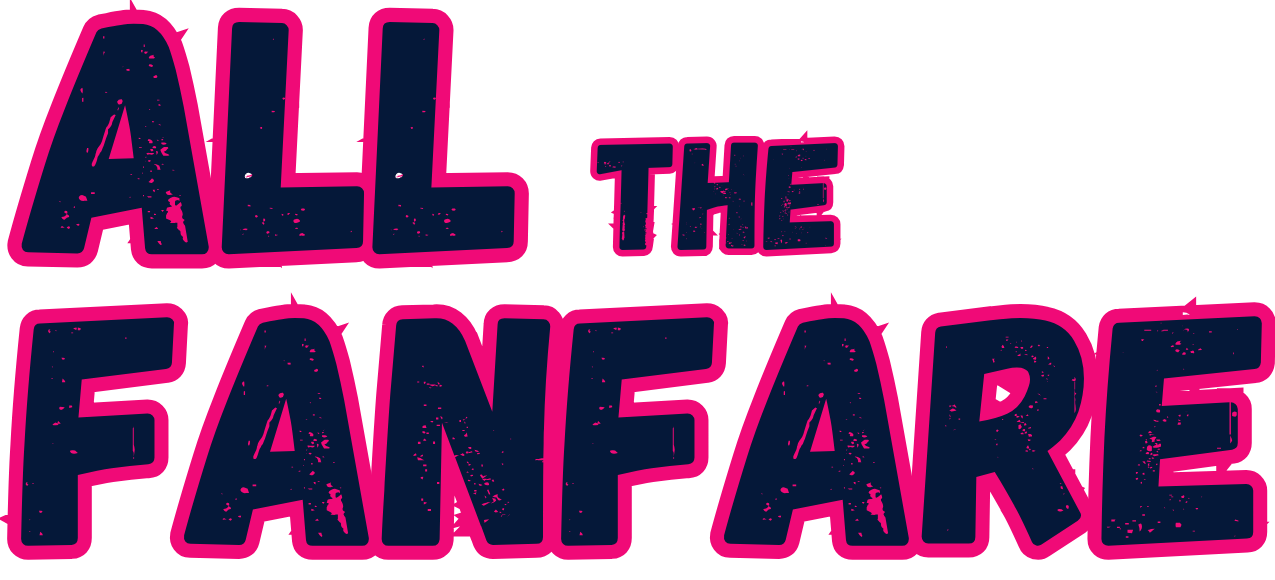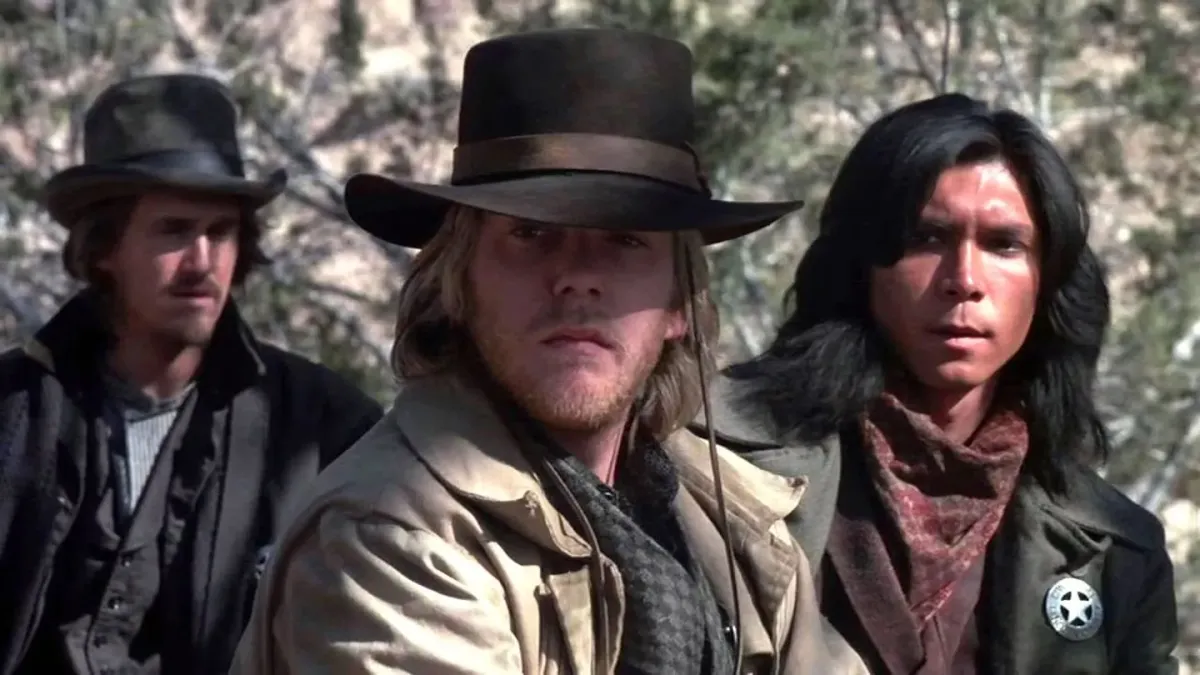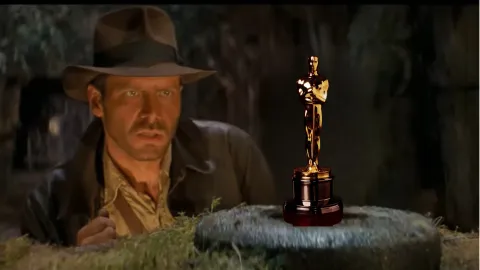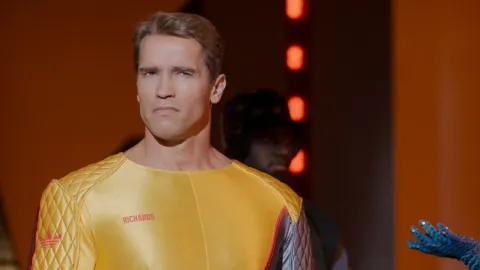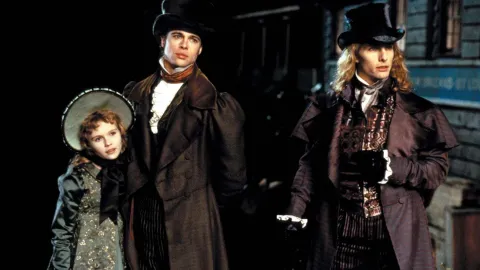When I was growing up, every Sunday we went to my grandmother’s house in downtown Detroit. My mom’s side is Italian, which meant good food and hours (and hours) of conversation. We’d be there most of the day, long enough to get bored several times.
This being the 80s, my younger brother and I were left to our own devices. We’d go to the park, or slip through a gap in a brick wall and visit a Burger King with no money, or throw rocks at garages, or hit rocks with sticks, or walk to the gas station to buy cigarettes for the adults. If our older cousin was there, we’d create a ball out of paper and tape and play HORSE using a trashcan.
My great-grandfather also didn’t participate in all the talking. He sat in the living room, enthroned in his recliner, watching TV. Everyone greeted him when they arrived, but otherwise he was left alone. Part of that was his hearing—he’d served in World War II as a cook and had the ears to show for it. His difficulties were only compounded by age. But I also think he wasn’t one for a lot of talk. There’s only so much some guys can say before he’s said all he cares to. I know because I am that guy.
Sometimes he watched sports, but typically he was engrossed in Western. Sometimes I joined him. We’d watch in silence. It was great.
I don’t know if those Sundays are why I’ve always had a thing for cowboy movies, or if there’s something about them that speaks to me on a deeper level. When I think about it conceptually, I can appreciate the rugged individualism of the Wild West, and obviously all the gunslinging. But trying to articulate it is like explaining why Binary Sunset in A New Hope moves me. Words can’t express what the heart knows.
The Westerns we watched were slow black & white movies with heroes so stoic they might as well be carved out of wood. They were not exciting. Not to a young boy. Watching them was an experience in patience. Papa: How long until the next gunfight?
Young Guns released in 1988 and I immediately recognized it as a Western for me.
The first, immediate appeal: It was shot in color, and thus felt modern, instead of something made when sound was an exciting new development in filmmaking.
The second: It starred young stars at the beginning of their ascent. Charlie Sheen, Emilio Estevez, Kiefer Sutherland, Lou Diamond Phillips, Dermot Mulroney. A new version of the Brat Pack, with bullets.
The third and final point: there was a lot of gunplay.
Sold.
